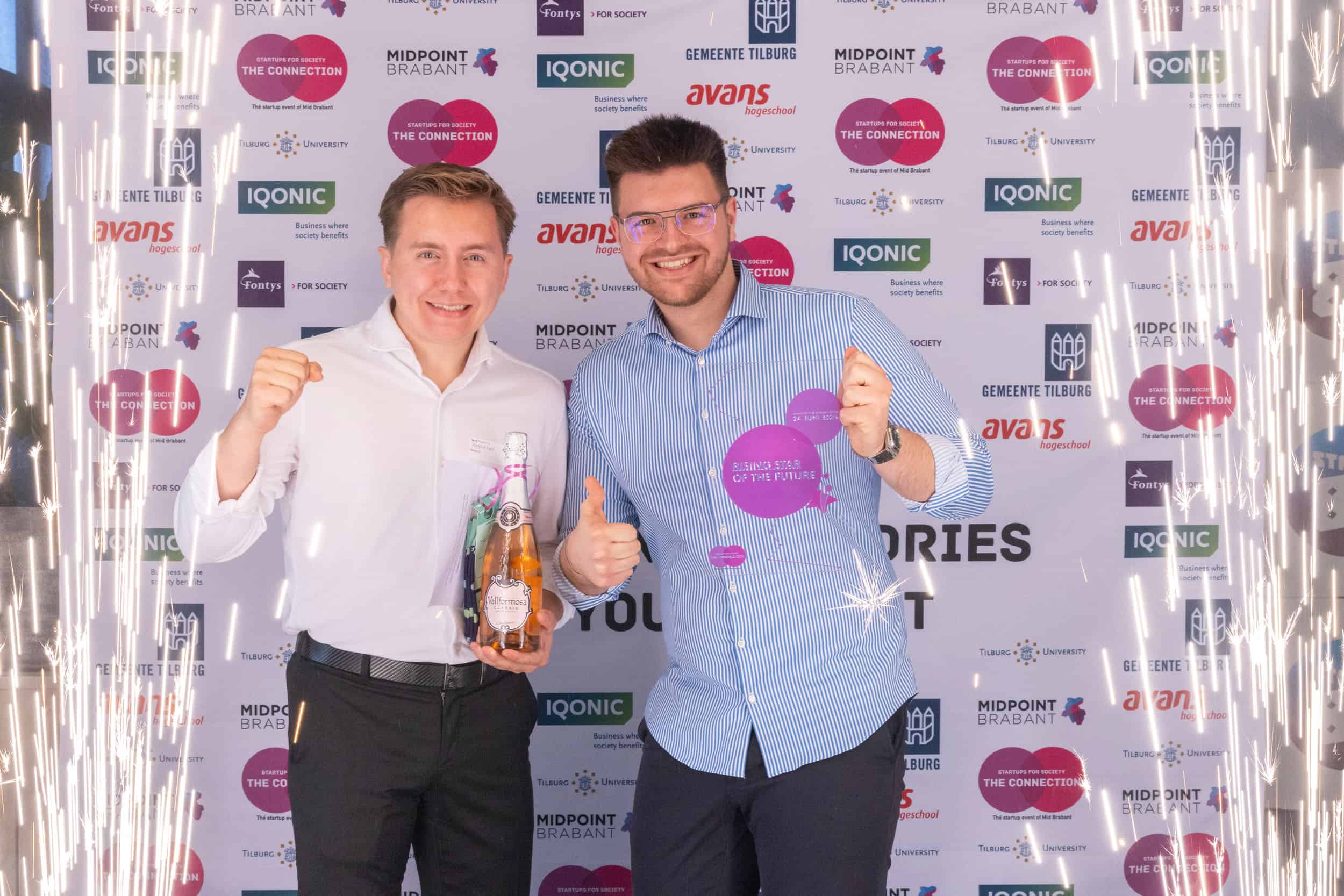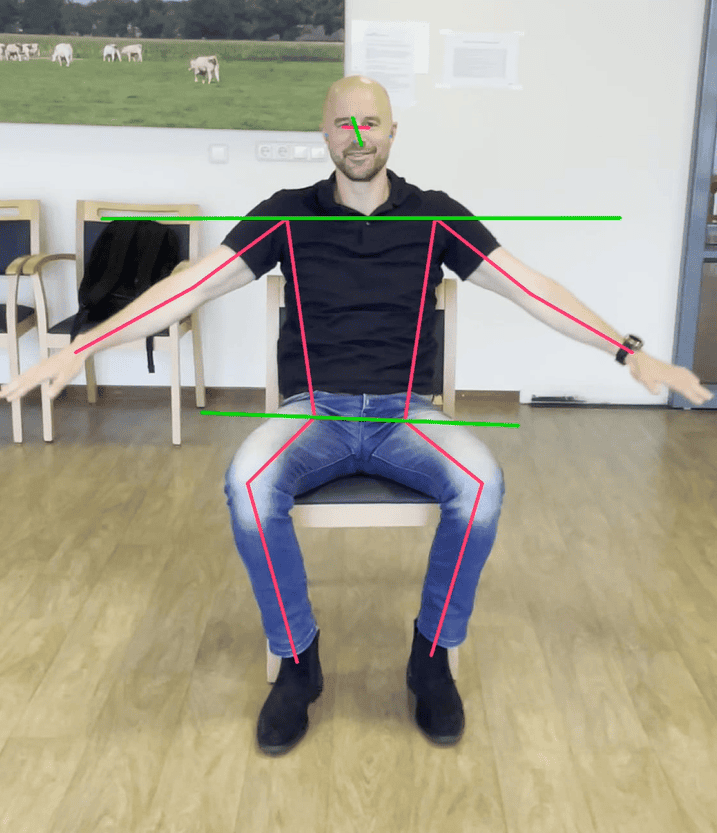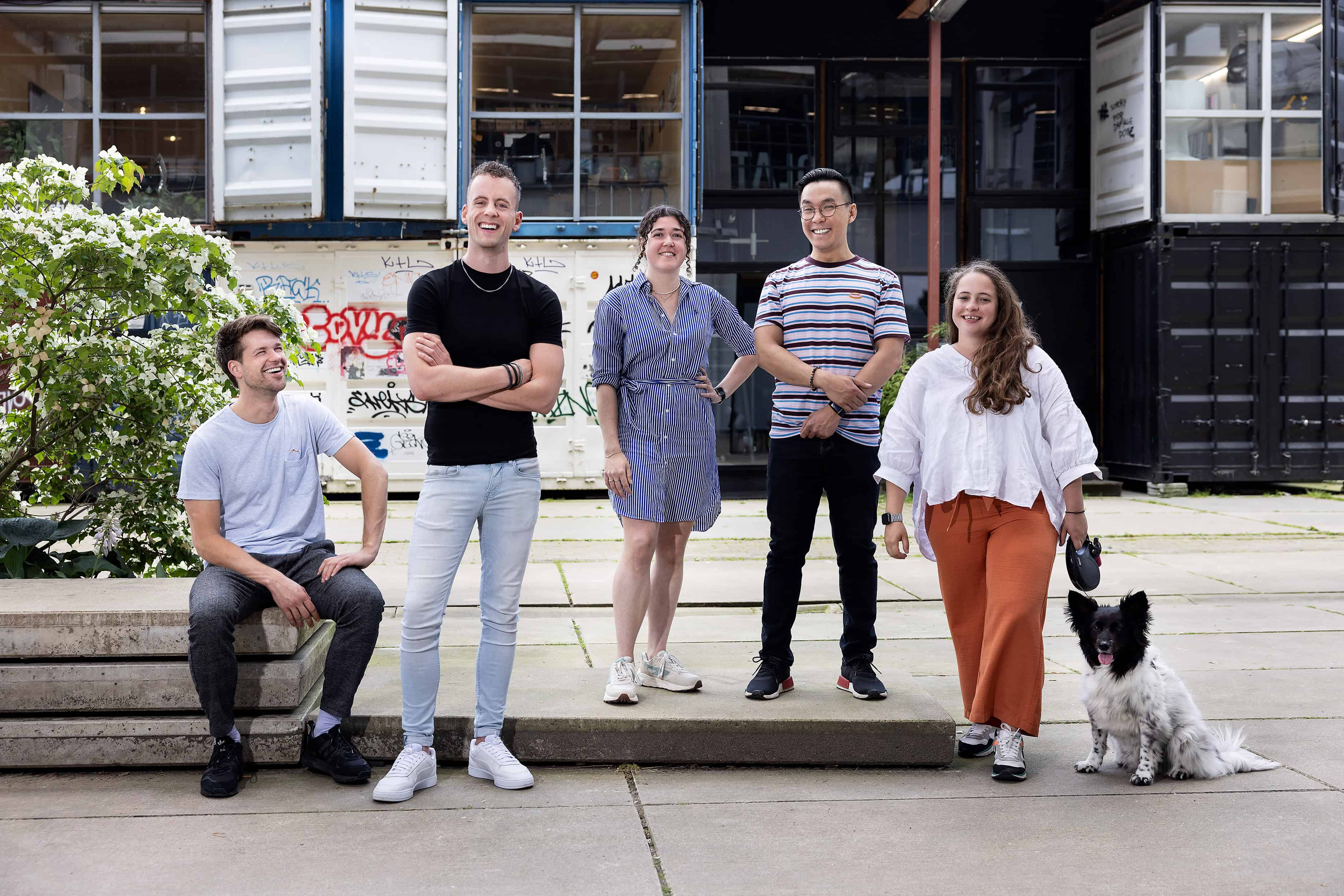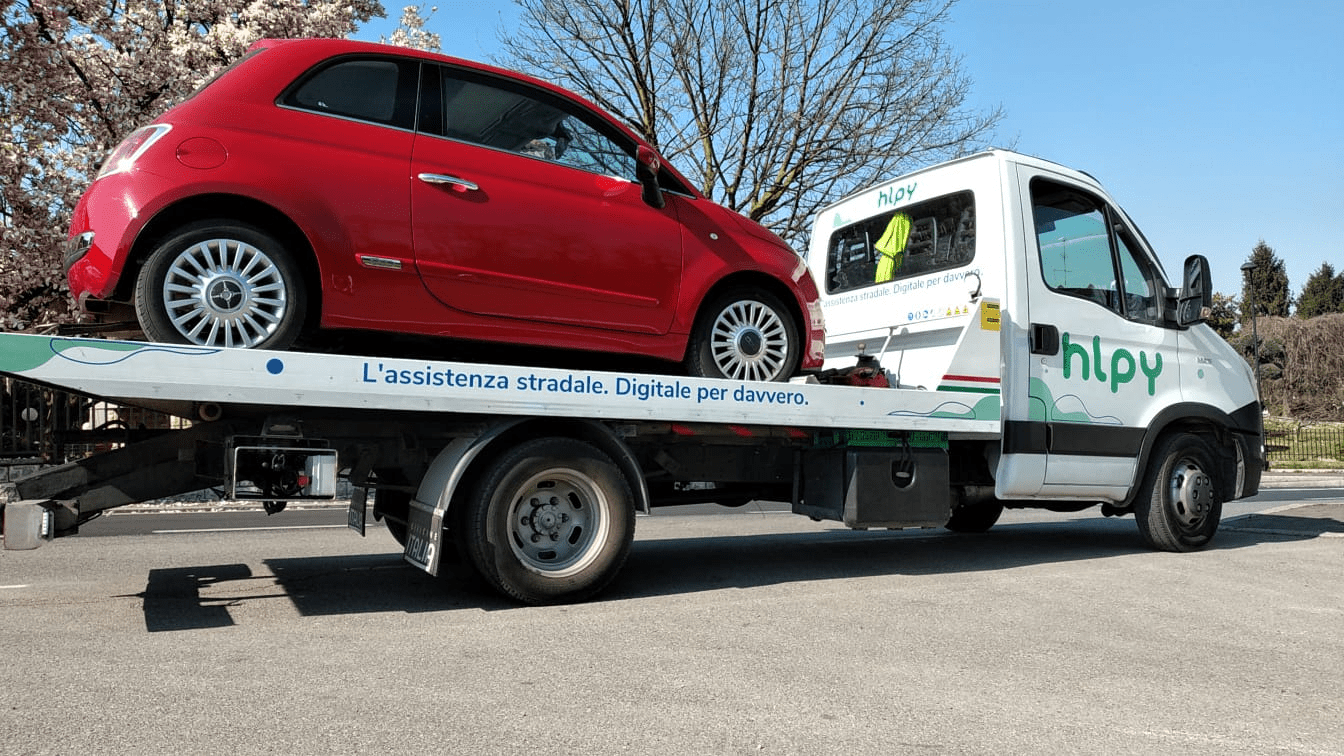
About hlpy
- Founders: Graziano Cavallo, Valerio Chiaronzi, Enrico Noseda.
- Founded in: 2020
- Employees: 37
- Money raised: € 8.5 million
- Ultimate goal: Digitalizing the car assistance industry, offering users a better, safer, and faster experience.
Having a car break down while traveling somewhere is never a good experience. In addition to a car breaking down, it takes a while before the tow truck arrives. Generally speaking, this kind of support is not always so streamlined as it creates complex emergency assistance processes which invariably lead to longer waiting times. Italian start-up hlpy is changing this model by digitalizing roadside assistance. They have designed a platform to manage requests for assistance from road users and are making it available to insurance companies and shared mobility operators to provide end users with a better assistance experience. Valerio Chiaronzi – CEO and founder of hlpy – spoke to Innovation Origins for this instalment of the start-up of the day series.
What is hlpy about?
“Hlpy provides roadside assistance to vehicles digitally. We cater to companies in the automotive industry – such as car rental, leasing or shared mobility companies – to help them intervene in the event of an accident or breakdown. We are able to reduce the time required to respond with the help of a digital procedure. What’s more, we also make it possible for them to have real-time information about what’s going on.”
If I need help, how do I get assistance?
“There are several touchpoints, depending on the business partner. These can be the telephone number on the insurance documents, a QR code on the car itself, or a section of the shared mobility app that the driver is using. All these options relink the user to our web app where the driver can fill out a few details – like the license plate number and geolocation, and specify the cause of the breakdown. This is where the user can also make decisions about rerouting the car in consultation with the business partner.
Then, in less than 60 seconds, our algorithms process all that information and send it to our provider’s network. After that, through our back-end service app, it receives the request and can accept it – similar to when a Uber driver accepts a ride. From that moment onwards, the rescue mission is monitored in real-time. The driver can see the time of arrival of the tow truck, as well as a picture of the driver and the tow truck’s license plate.”
You also try to help users to reach their end destination. How do you do that?
“Mobility is evolving. In the past, the only option was to give the driver a replacement car. Hlpy can provide the user with other solutions too – such as shared vehicles. Getting a replacement car means the customer has to go to another location, go through an acceptance procedure, etc. Wherever there’s the availability of shared mobility services, we can offer them as an option so that they can continue on with their journey.”

Do you only offer digital assistance services?
“Despite our mission to provide a digital car assistance service, we still have somebody who is available by phone. Digital support is not enough in some situations. We deal with a critical service that has an impact on road safety and road users. Some situations require a lot of thought to resolve – especially when dealing with more serious emergencies. There are cases – when the car breaks down in the middle of the highway at night, for example – that we deal with by talking to the user. This gives us a better idea of what happened, and if it’s safe to proceed, we can follow through with the standard digital system. For us, the safety of the user is paramount.”
What advantages are there for the companies that use your service?
“They cut down their costs involved in providing roadside assistance. Moreover, they are given all the data that is generated during these processes. We oversee the management of the platform, but our customers get all the information as it is produced.”
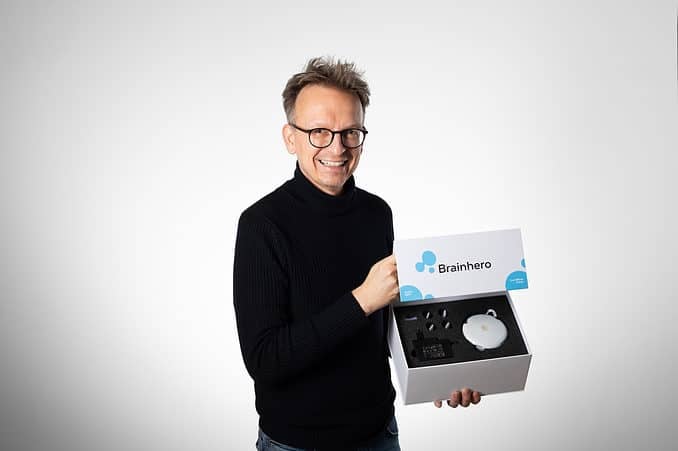
What other use cases are you working on?
“Recently, we introduced a last-mile assistance service for minor repair tasks – such as replacing a tire or a car’s battery. These mainly involve urban case scenarios. There, the repair technician could drop by on a scooter – no tow truck is needed. Furthermore, we are also working on on-site recharging services, as we have signed an agreement with Reefilla – a mobile EV charging service.
What’s more, we also started a pilot test for a drone inspection service. This would benefit insurance companies best. They could get a snapshot of an accident before one of their experts assesses it. Obviously, it would work anywhere where drone flights are allowed. As hlpy, we firmly believe in the potential of this industry and the applications it may also have in our field.”
What is next for you?
“As we recently successfully completed a €7.5 million worth financing round, we’ll use this money to internationalize our company. We’ll work on expanding hlpy to the rest of Europe and of the world, with a focus on research and development and on attracting talent.”




